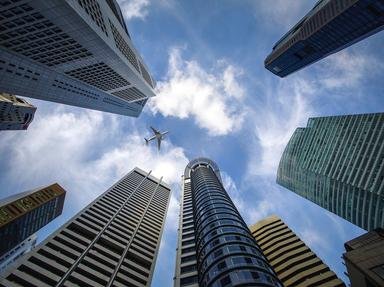Quiz Answer Key and Fun Facts
1. This world-famous centre of cultural and political life was named after an 18th-century Irish philosopher
2. This large industrial city in the Deep South played a major role in some defining events of 20th-century US history
3. A major river port in the northern part of its country, this city was named after Jesus Christ's birthplace
4. One of its country's capitals, this city is also known for being the birthplace of an iconic 20th-century writer
5. This national capital is located across a large river from the capital of a neighbouring nation
6. This major seaport on the Mediterranean Sea was called Berenice in Roman times
7. Once known for its ironworks, this European city is home to a famous soccer team and a stunning Guggenheim Museum
8. The birthplace of one of the world's greatest classical composers, this city was the capital of a divided nation for over 40 years
9. This beautiful city is known for its red buildings, superb food, and ancient university
10. The world's lowest-lying national capital, this city is located on the shores of a huge inland body of water
11. One of the world's hottest cities, this historic port was sadly ravaged by warfare in recent times
12. In the past few decades, this bustling metropolis has become a major technology hub
13. Its country's second-largest city, this is also one of Asia's busiest ports
14. This densely populated city of colonial origin is situated on the world's most populous island
15. This state capital in the Southern Hemisphere is one of its country's largest cities, and an important tourist destination
Source: Author
LadyNym
This quiz was reviewed by FunTrivia editor
agony before going online.
Any errors found in FunTrivia content are routinely corrected through our feedback system.

